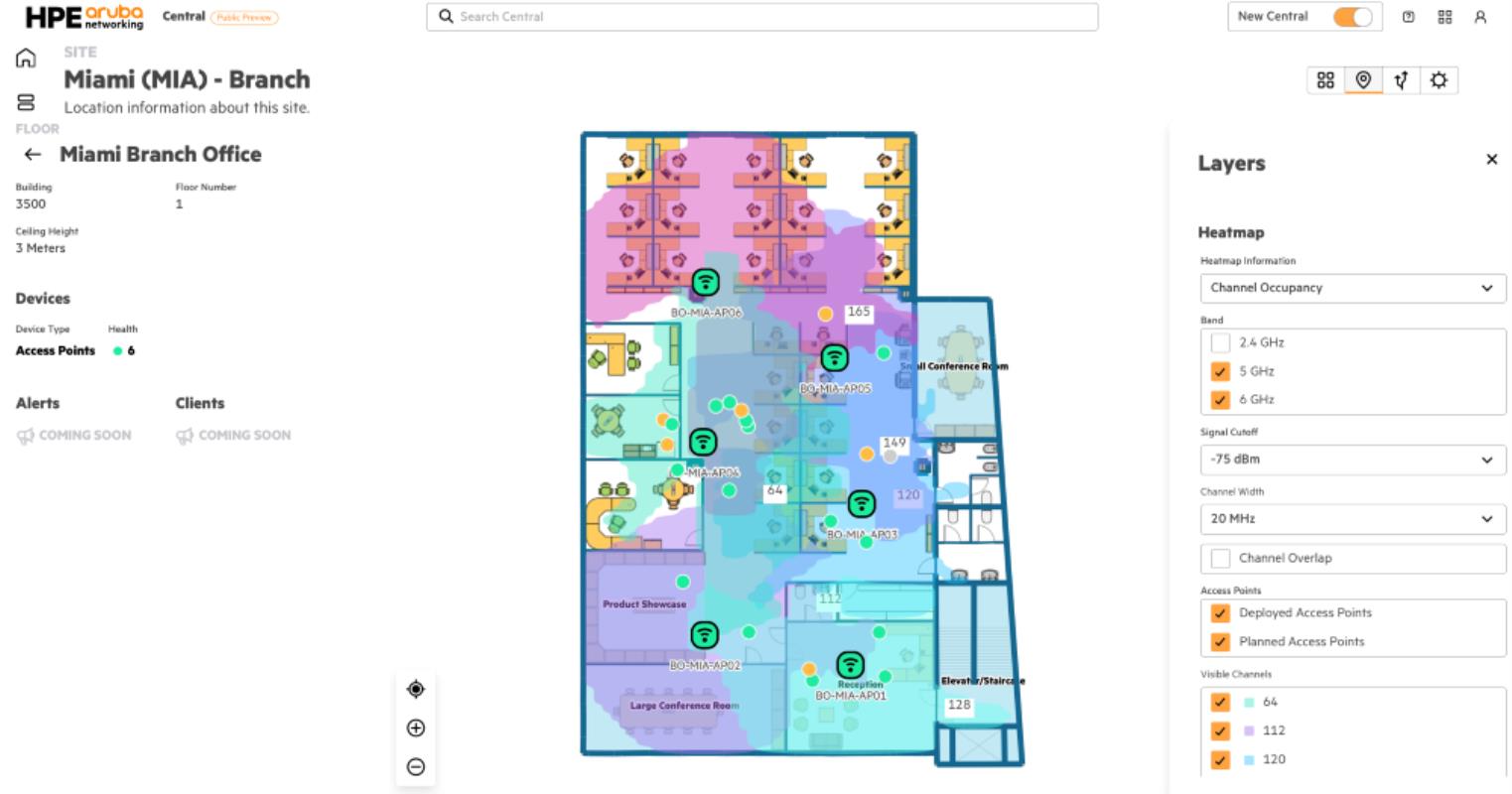
The pandemic has shifted the travel process, and it’s brought the airport experience to the forefront. With travel restrictions easing globally, border control authorities are likely to spend more time scrutinising travellers’ records, given the added need to review health credentials and vaccination statuses. While biometric identity management systems have helped improve this situation to some extent by enabling officials at border gates to verify the identity of passengers at a faster rate, this sector demands frequent innovations.
Innovations in biometric authentication
As Middle East governments focus on contactless travellers’ experience, we have already seen innovations in biometric authentication at airports. International passengers at the UAE’s Dubai International airport can use the biometric path in Terminal 3 for a contactless journey from specific check-in desks, Emirates dedicated lounges and boarding gates.
The technology – which uses facial and iris recognition, allows passengers to check-in, complete immigration forms and board in a contactless way, as well as reduce queueing times and support health and security measures. As part of the biometric pathway, Dubai’s General Directorate of Residency and Foreign Affairs, in collaboration with Emirates Airline, developed a technology called Smart Tunnel, enabling passengers to be automatically cleared by immigration authorities while walking through it. This process cuts out any document checks or queuing.
In Saudi Arabia, the Ministry of Interior has plans to introduce an iris recognition biometric system in all its land, sea and airports in efforts to use highly advanced technology to identify passengers and ensure the nation’s safety. The ministry’s National Information Centre will install the iris recognition system which applies mathematical -recognition techniques to the irises of an individual’s eyes.
Bahrain International Airport has also joined the leading group of airports in the region that are using trusted biometric-based technology to support their growth. Its Airport Modernisation Programme (AMP), one of the biggest national projects in the Kingdom’s history, is transforming it into a world-class boutique airport and a key driver of national economic growth. The crowning jewel of the AMP is the new Passenger Terminal Building, which will be equipped with advanced biometric technology to improve safety and security while offering passengers added convenience.
Emerging technologies to enhance the airport experience
A few years from now, Artificial Intelligence, Machine Learning and data analytics will fundamentally change border management, enabling Smart Borders, although adoption of these technologies is relatively limited currently. These emerging technologies would provide enhanced judgement to border officials through AI-enabled intelligence in analysing biometric markers such as facial recognition. Next in line, data analytics can help detect suspicious profiles by analysing various data points that passenger submits, right from booking an air ticket to applying for a visa and subsequent transit interface.
Border control authorities can also block travellers with suspicious profiles through AI and machine learning algorithms, forcing them to go through manned border gates and narrowing the chances of illegal entry into the country. With the world on the move again, wider acceptance of digital and intuitive technologies will be critical to regaining pre-pandemic momentum, albeit with adequate risk-proofing.
Risks & mitigating measures
Adoption of advanced technologies for border control management have their share of risks, such as manipulation of machine learning systems to make false predictions with fatal impact on outcomes at the border entry/exit decision points. Similarly, the integrity of data sets can be corrupted through targeted attacks leading to false predictions.
Given such risks, protecting data sets, including the training data, becomes critical. Core security principles of encryption, access control and authentication, logging and monitoring become important and should be included right from the design and development stage of the systems. Vulnerability management is another key area that should be actively managed, especially since many open-source libraries are used in systems development. Overall, securing just the algorithms and data sets is not enough, rather, an end-to-end approach in applying security by design should be adopted and managed on an ongoing basis. .
VFS Global, the world's largest outsourcing and technology services specialist for governments and diplomatic missions worldwide, for instance, complies with various data localisation, privacy and protection laws, including the EU General Data Protection Regulation (GDPR).
By Suraj Tiwari, Head- Information Security, VFS Global preprocess






































































